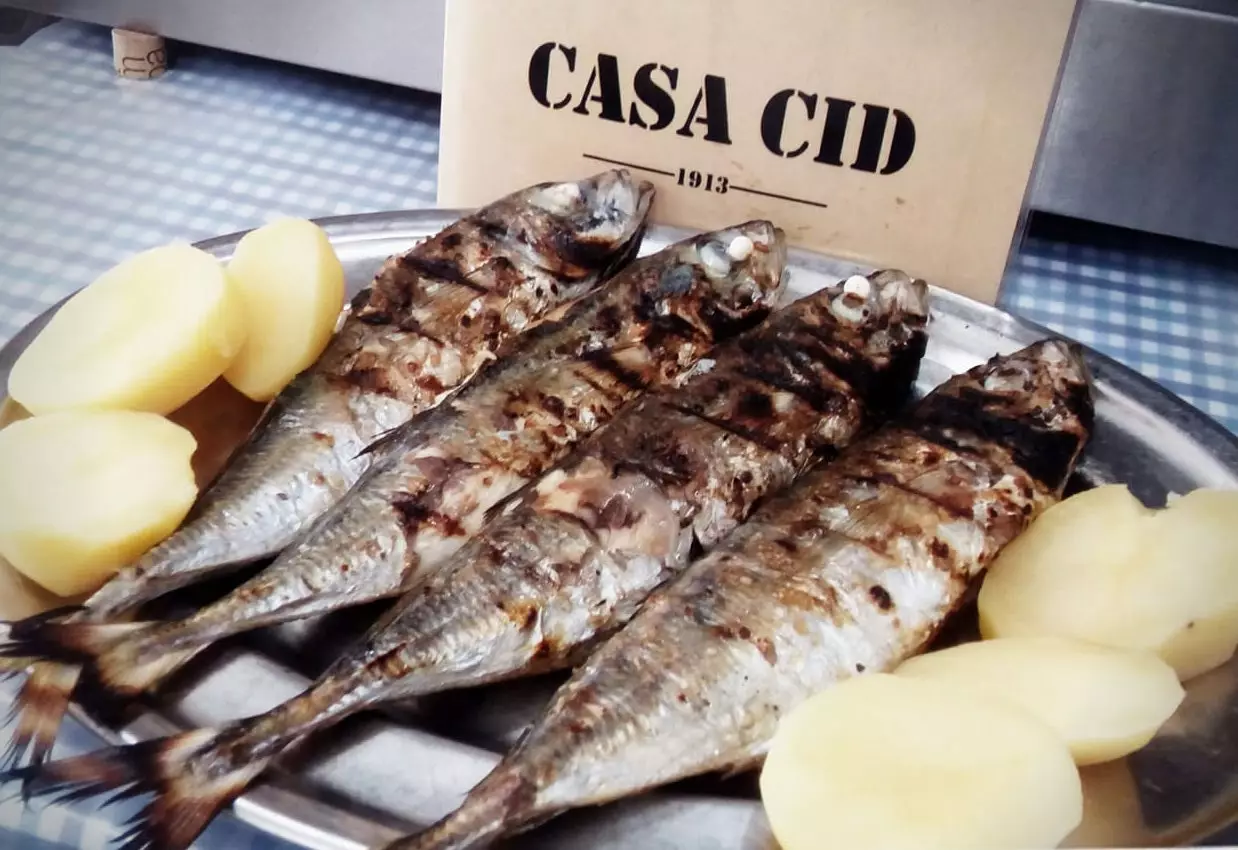
Let's save Casa Cid!
Updated on the day: 02/28/2020. We live in strange times when vintage is in fashion , so we build new spaces that look old while letting old, really old venues languish unheeded.
We live in times in which **venues like the mythical Palentino** gradually go out of business until they close, without the general public paying attention to them. But once they close everything is tributes, and “it should never have closed”, citizen platforms asking for its reopening and stories saying “I was there”.
And so, little by little, the usual taverns, the ones that made Madrid what it is, the ones that made the cellar atmosphere one of the most special things in Barcelona, the ones that made each city something unique, They lower the fence.
Today any medium-sized city has a handful of Starbucks, Knee or Five Guys. If it has a certain reputation as a gastronomic destination, perhaps also a Ladurée establishment and a Jamie’s Italian , a corner of Hediard and maybe another of Godiva chocolates at the airport.
However, at the same time, the bars polished by time, the spaces that are sometimes centuries old, the neighborhood clientele and the accounts made with chalk on the counter they go on to a story that is further and further away.
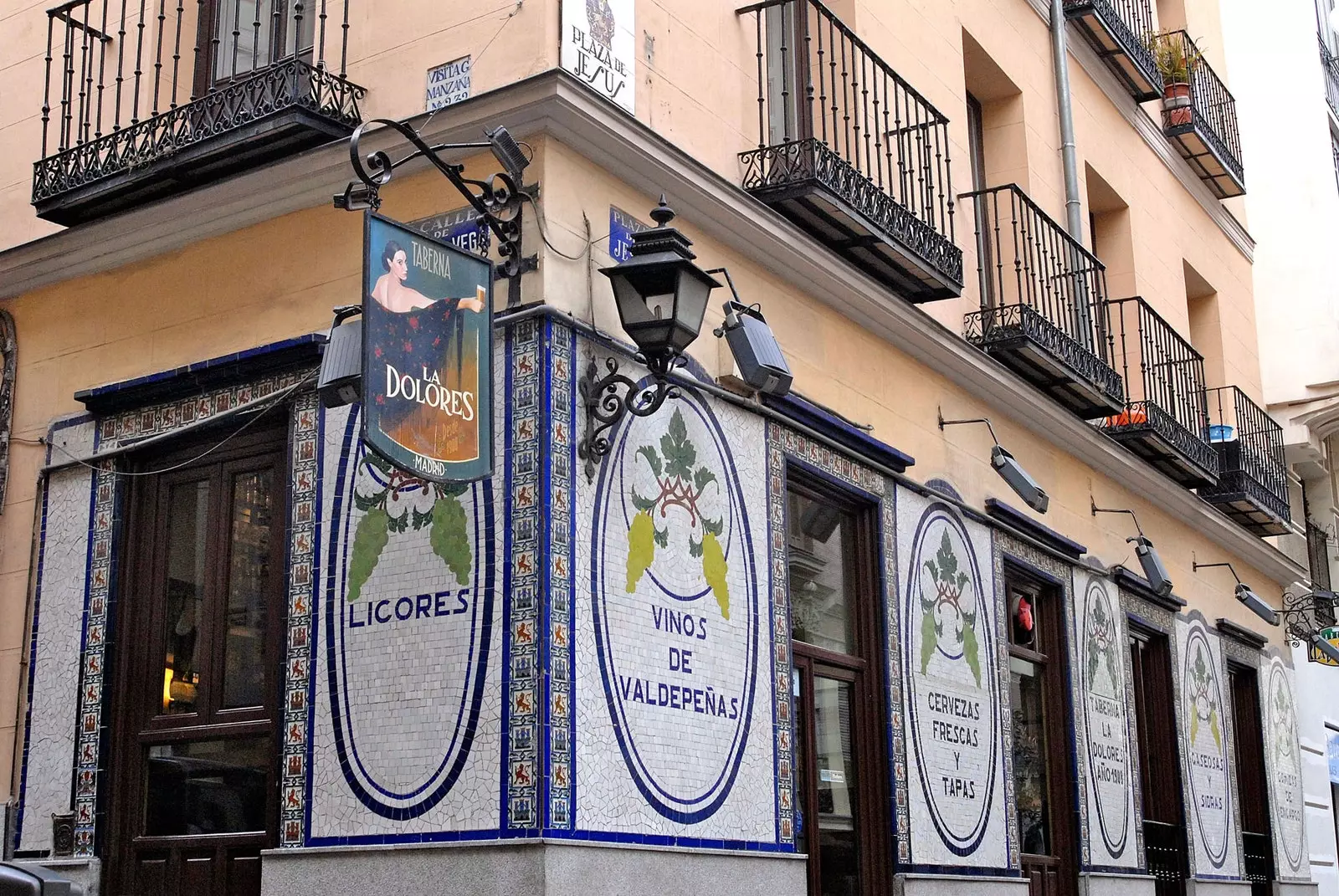
The taverns of Madrid
We get tired of saying that gastronomy is culture , that Spanish cuisine represents our way of life, that there is no better way to get to know a destination than by trying its food and visiting its markets. But the taverns seem to be left out.
and yet have been responsible for maintaining, in many ways, the life of the neighborhoods for decades ; the places where we have started in bar talks, where we have always felt welcomed, because they were part of our landscape.
The social centers when there were no social centers. The place to go to drown sorrows or celebrate joys. Or just to hang out.
Are places to which we owe a lot And so it's time for us to return the favor. We have to go back to them. recover the pleasure of these humble and everyday spaces , recognize that they are part of our history, our culture and our sentimental landscape. And stop oblivion before it's too late.
The cases, unfortunately, are abundant. Almost daily you miss a house meals, a tavern, a bar forever. And with them, in many cases, some recipe, some master cocktail formula, the wisdom of decades behind a bar , thousands of anecdotes, millions of talks. Our girl story.
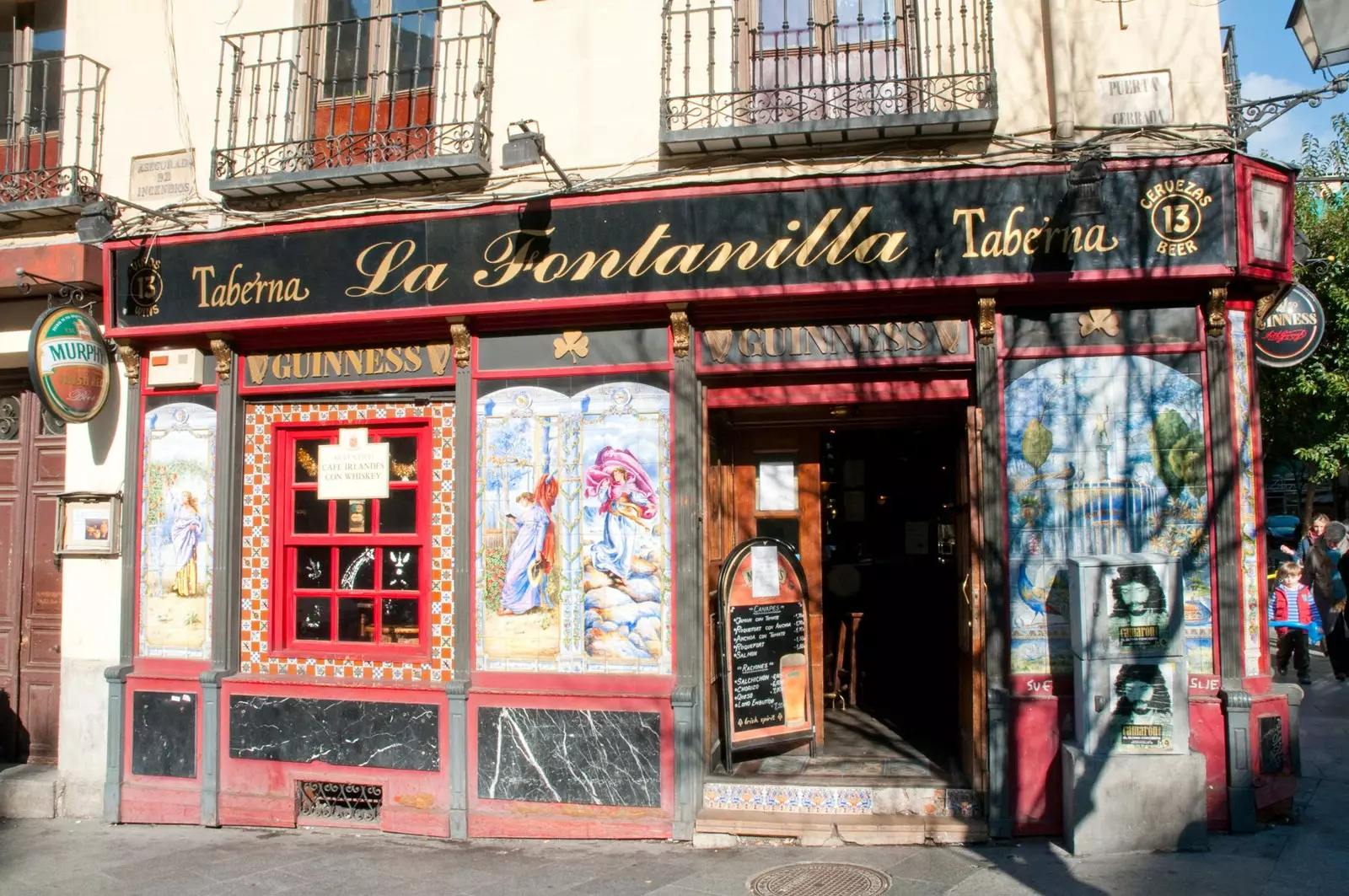
Taverns are part of our landscape, and we don't want them to go away!
It is something that is always sad, but much more so in cities that are in danger of becoming theme parks for tourists; places where you can eat a poke or a Caesar salad at any time, on any corner; in which you can be sure that your Caramel Latte is just a step away but in which, however, what was really unique fades away until it disappears from the photo.
It is the case of Lisbon , the fashion destination par excellence in Europe. That city that we went from looking over our shoulders to claiming as that little-known destination that combines the everyday and the exceptional, which is close and exotic at the same time; that mixes an undeniable beauty, a certain cultured atmosphere and an air of certain carelessness that make it unique.
Lisbon has changed. I visited it for the first time in 1988, when I was barely 12 years old. Since then I will have returned at least twenty times. I know it, surely, better than Madrid and, of course, better than Barcelona. And I have seen it mutate, especially in the last decade.
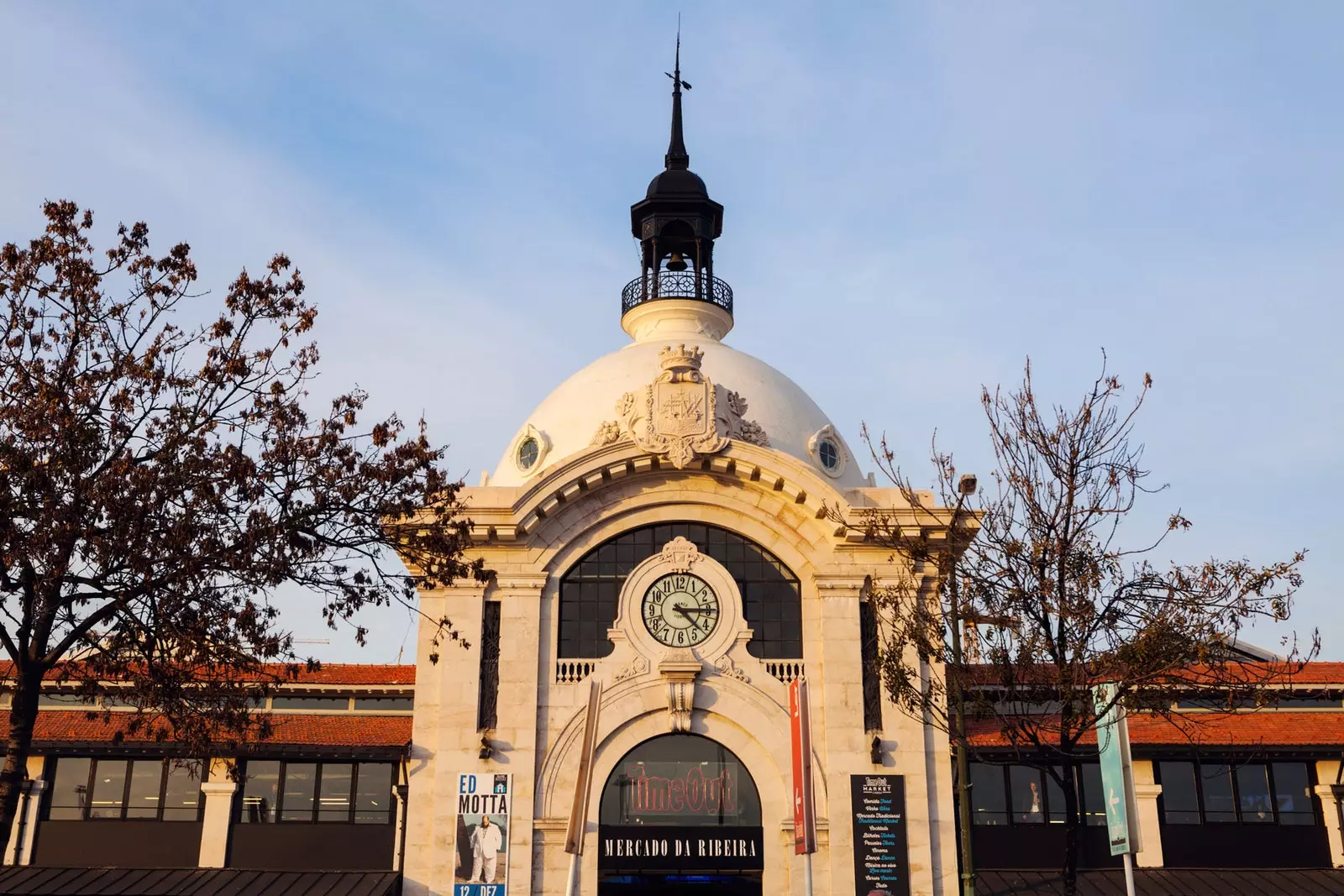
The emblematic Mercado da Ribeira
The locals often little more than a hole in the wall with four small tables, where I ate for the first time iscas with elas (an emblematic liver dish of Lisbon food houses) or the meia desfeita de bacalhau (a chickpea and cod salad) have been closing in all the neighbourhoods.
In their place they appeared hostels, tattoo shops and tuk-tuk rental offices. You can have raspberry mojitos every other street, but It's hard to find where to have a ginjinha , a traditional cherry liqueur, without feeling like a foreigner.
Nevertheless, the city has endured. You have to recognize that he has the character to withstand that and more. But has been losing referents of its identity while winning boutique hotels and impeccably aesthetic canning shops.
Today those are the ones that appear at every crossroads in the center, where before there was a tavern where you can have some chamuças or some rissois.
And it is, perhaps, like so many other European cities, at a critical point where we need to stop and decide where we are going. A critical point where Cid House It's still the tavern it's always been but, at the same time, it's a symbol of what may end up happening to cities.
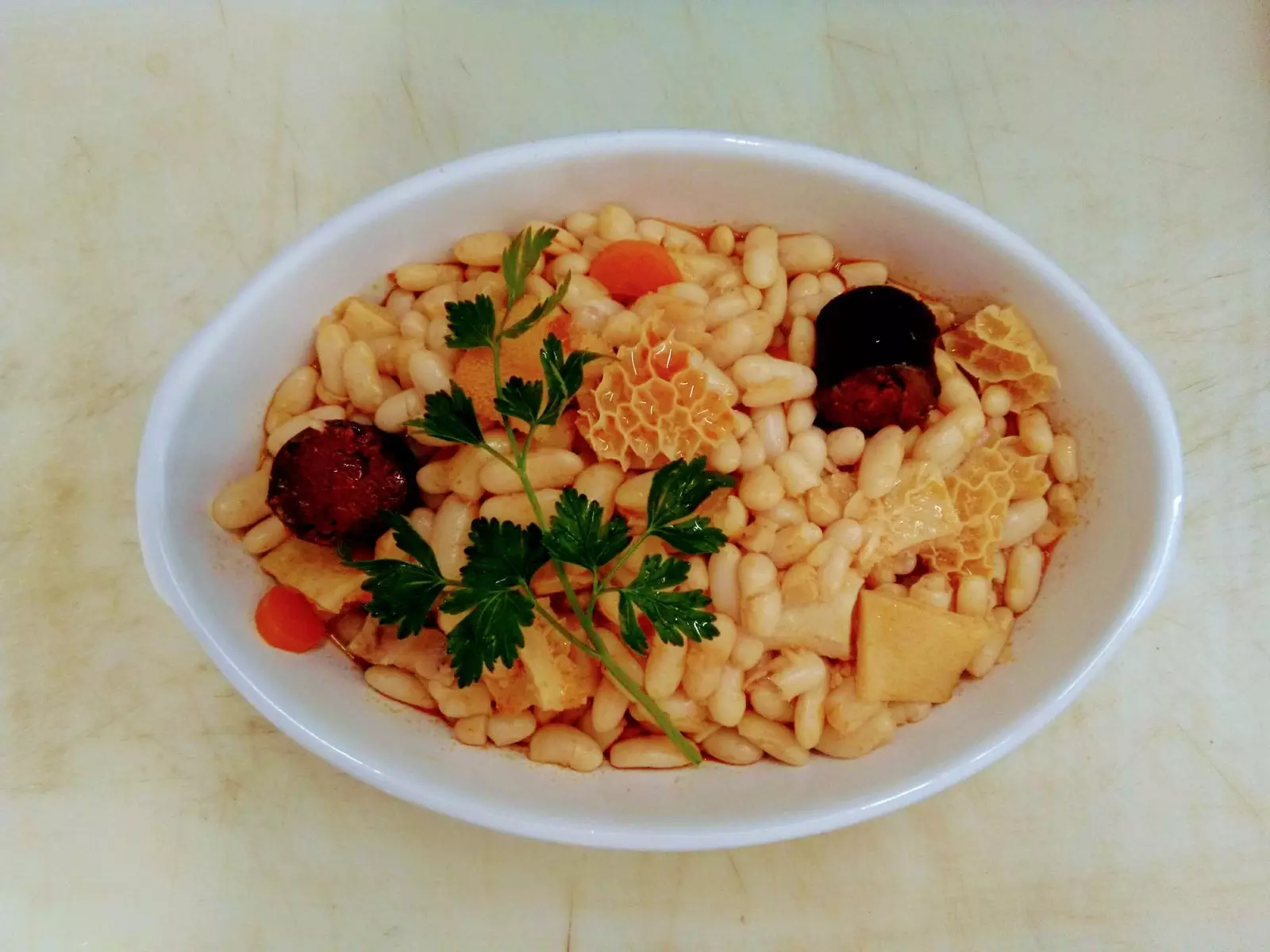
"Market cuisine was invented by a Galician emigrant next to Mercado da Ribeira"
GALLEGOS, TAVERNS AND MARKETS
We Galicians have always emigrated and to almost any place imaginable. To Buenos Aires or Zurich, to Madrid, Barcelona or Cádiz. To London, New Jersey or Perth (Australia). And of course to Lisbon.
There we were first water carriers, carrying jars in buildings where there was no elevator yet, and then bartenders and market workers.
Many of the family sagas of Lisbon cuisine they have in their origins a Galician , normally from the south of the provinces of Ourense and Pontevedra, who managed to make a fortune.
It is the case of Casa Cid, in the hands of the same family since its foundation in 1913. The doors of this small tavern open at the back of the Ribeira Market , which used to be the main market in the city center and which today combines a small area of traditional stalls with a large food court. Like so many others.
I arrived at Casa Cid hand in hand with Andre Magalhaes, the cook of A Taberna da Rua das Flores. It was in 2013. At that time there were still, if I remember correctly, other eating houses next door.
We went mid-morning and listened, while a jug of white wine was brought to the table accompanied by boiled and seasoned pork skin, stories of taverns and tavern-keepers, of pleasure-seekers who still had breakfast at dawn and had lunch, also there, at mid-morning.
It was like those places I remembered from the 90s. Except this one was still open. I went back around 2016. There was hardly any other bar left from those of years ago.
And the market was taken over by groups of tourists following the guide's yellow flag. But the Cid family was still there, at the foot of the canyon.
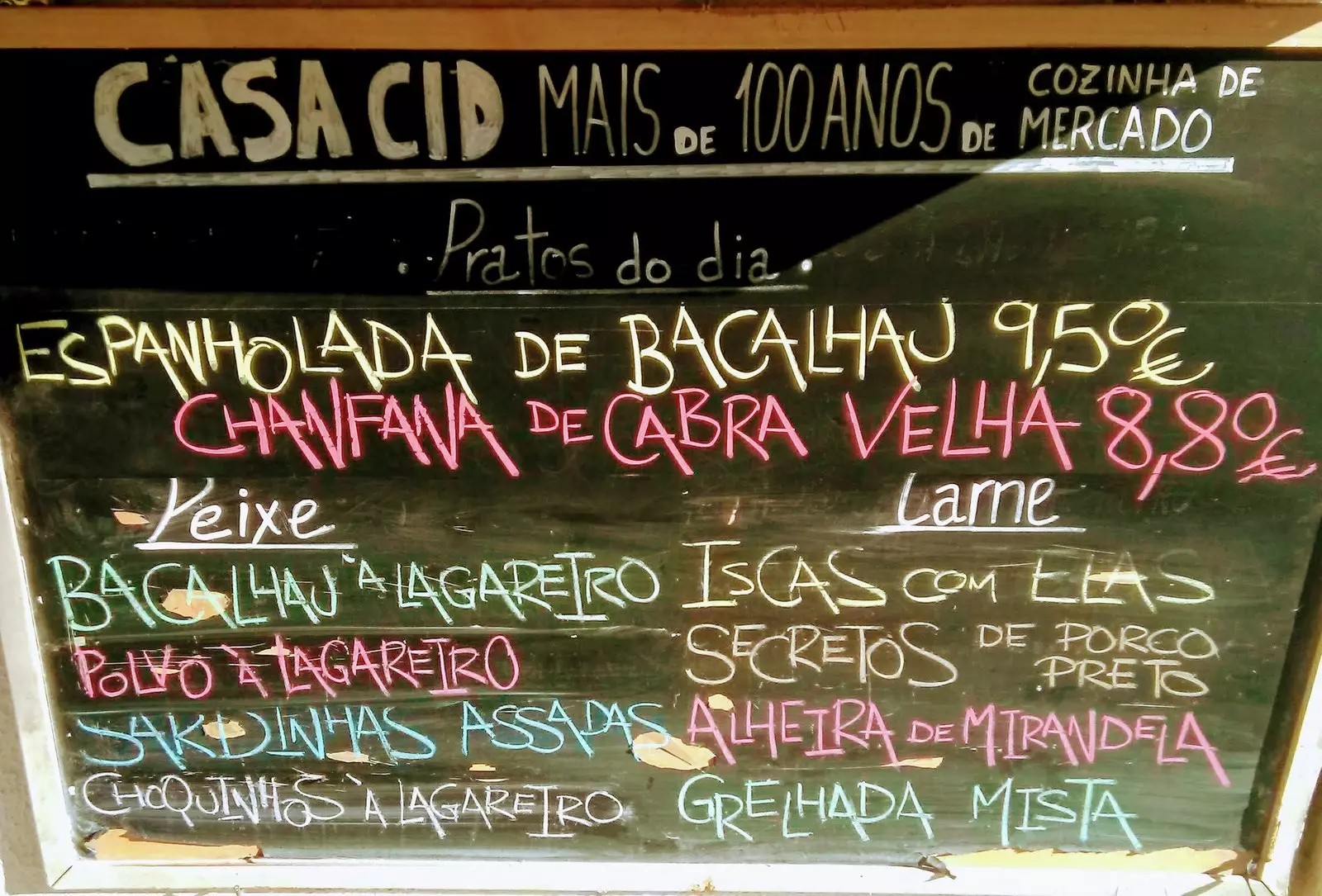
Long live the letters written with chalk!
A few weeks ago André sent me a Change.org petition. An investment fund has bought the Cid building and wants to build a hotel on it. Another hotel. They ask for help so that their 106 years of history do not disappear.
so i contacted Borja Durán Cid, fourth generation at the head of the business. His grandfather ** Manuel Cid, from Celanova (Ourense) ** opened the tavern in 1913, after emigrating to Angola and Mozambique. He, a century later and after working at the Villamagna in Madrid or at the chef Paco Roncero's Estado Puro, He returned to the city to continue the saga. And to find, shortly after, with this bitter surprise.
They tried to get them included in the program Stores as History (shops with history) of the town hall. But as the premises have undergone various reforms over the years, the technicians consider it "uncharacterized" and, therefore, not protectable.
Technicians forget that a tavern is your walls and your furniture. And if these are centenarians, they are undoubtedly a value. But it is also, and above all, its environment, its clientele, its recipe book. The atmosphere that those characterless walls enclose. The stories.
Turn-of-the-century tile or wood bar is fine. They are pretty and should definitely be protected. But they can be moved or exchanged for replicas. The atmosphere created by decades of pleasant breakfasts, customers from the neighborhood, the proximity to the fishmongers is what survives. And what the administrations are not able to assess.
And with the atmosphere a port, riverbank, market cookbook, that little by little is disappearing and making Lisbon, each time, a little less Lisbon and more a great shopping center.
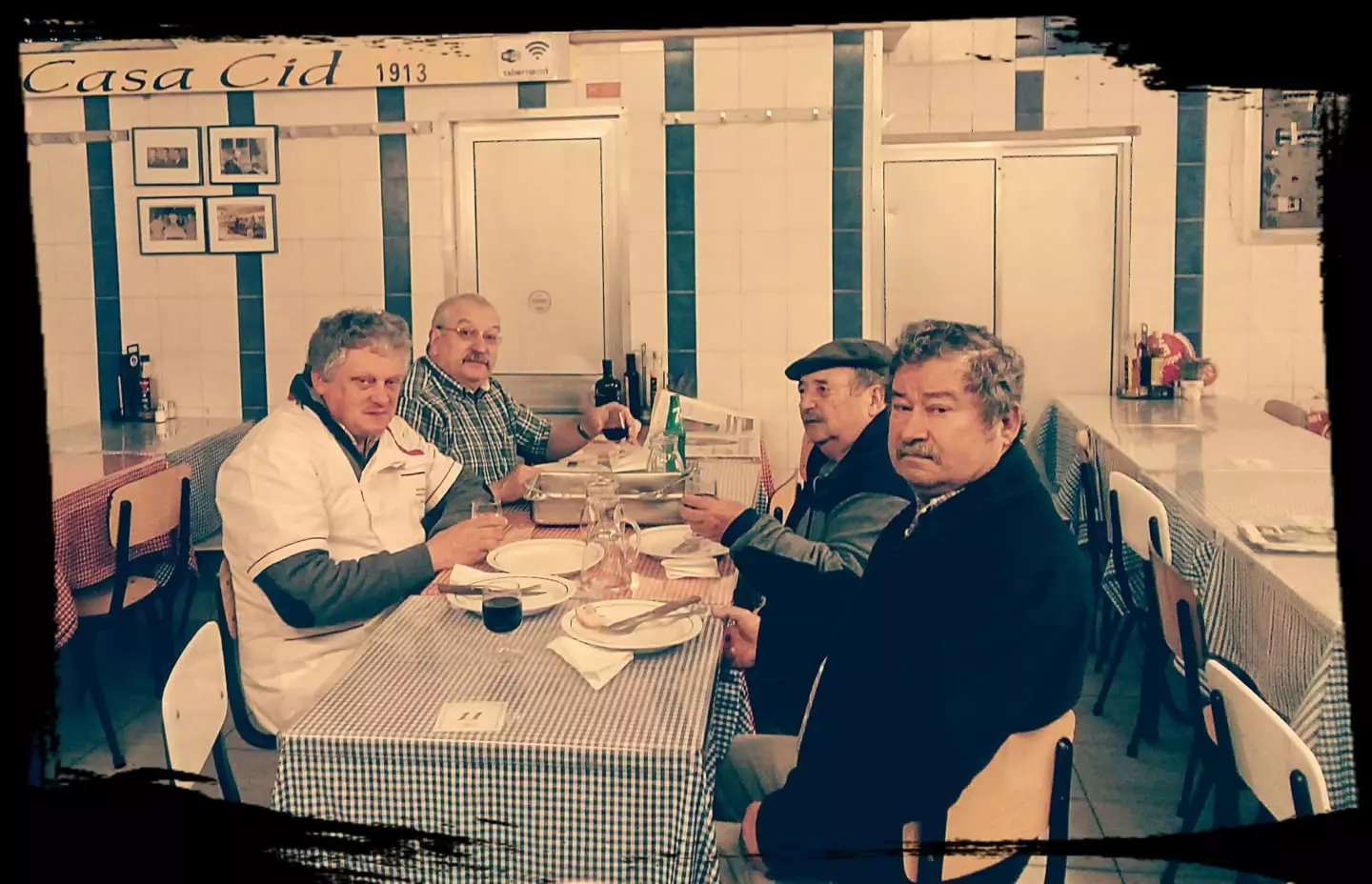
Places to which we owe a lot
The campaign to protect Casa Cid (Follow @1913Cid on Twitter. And sign the petition) Continue. And it coincides in time with another that made this summer Barcelona City Council protected a group of historic wineries and taverns.
What is the difference? The mobilization of the public, perhaps. Alberto García Moyano, one of those responsible for the Barcelona campaign, has spent years working for the city's traditional bars. His website 'On Occasions I See Bars' is priceless. He has collaborated in routes, talks and meetings of all kinds with the bar culture in the background.
Why? "Because bars have a social footing and a gastronomic one", he asserts he, “and one does not stand without the other. Because there is a gastronomic offer, without a doubt, but there are stories behind it. There is history, of the city or the town in which they are. And that's something we're missing."
We always talk about protecting our heritage but we forget, as Alberto says “that a spoiled wineskin or a bar counter is heritage. But the true heritage of the bars is the intangible. It's social”.
That's what we lose when a bar closes. And that is what is in danger at Casa Cid, in a Lisbon gentrified to the limit of sustainability in which There are few traditional eating houses that offer dishes of a lifetime, at times and with prices for citizens of Lisbon (and for those who want to accompany them, of course).
What is in danger is not a business, which would already be important in itself, but a way of relating to gastronomy. Because the history of what we eat is there, in the humble bars, in the portions consumed at their tables, in the talks at the bar.
Because in the end, as Borja Durán affirms “Market cuisine was not invented by Paul Bocuse, it was invented by a Galician emigrant next to Mercado da Ribeira”. And if he didn't, he might as well have.
And because, when all this is lacking, as it happened with the Palentino, as it happened with the Eligio from Vigo, as it happened recently with El Gallo, in Córdoba, we will miss them. And we will ask them to reopen.
Maybe it's better that we go back sooner, that we be part of that atmosphere, that we ask for wines and torreznos in their bars.
Because in the end his story is our story. And because these small places are also what make the gastronomy of a city unique.
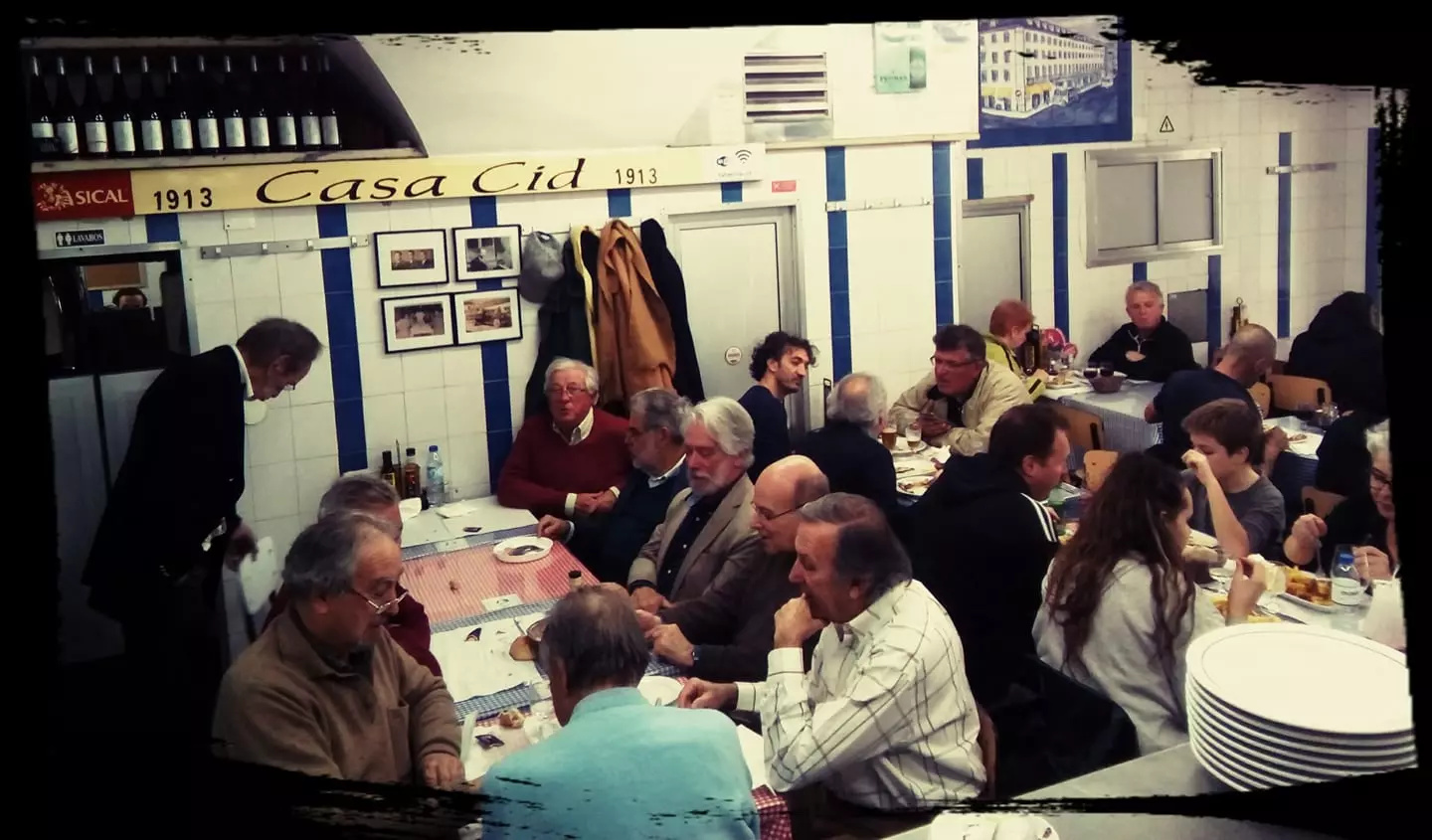
neighborhood life
